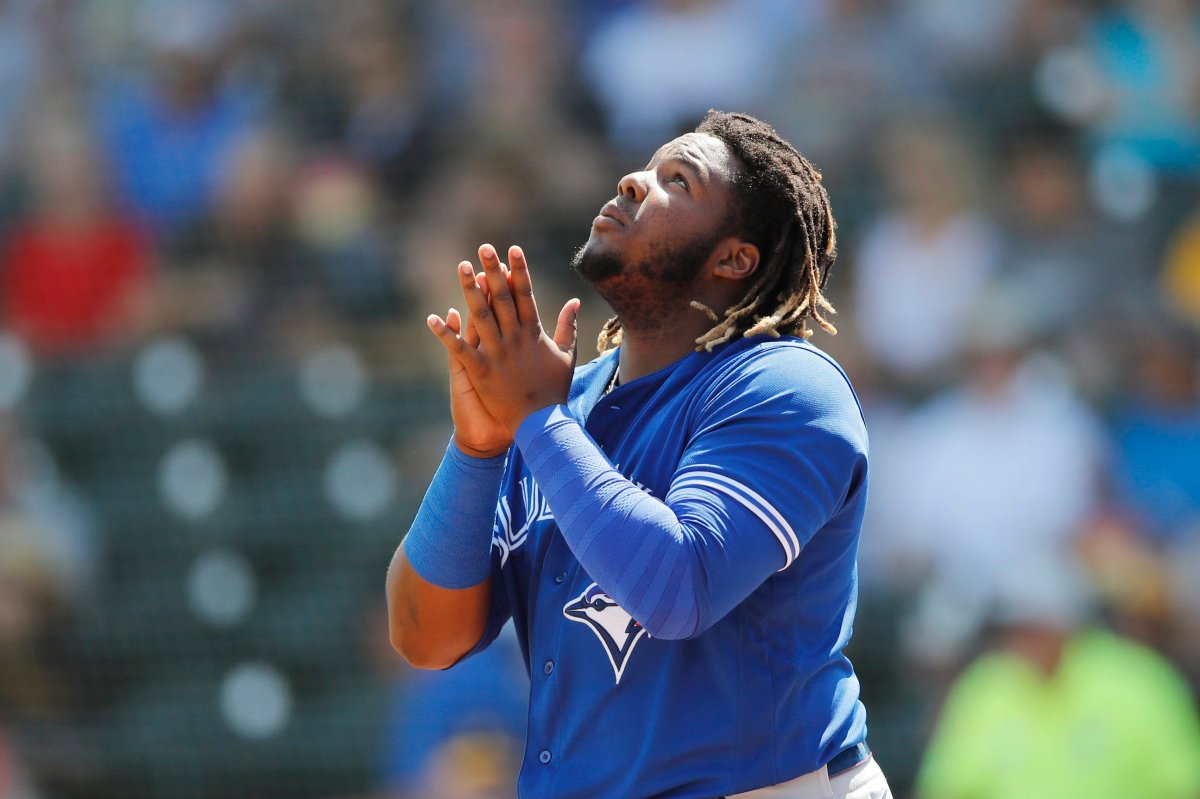After wasting the last several weeks bickering over the billions of dollars neither side is going to be able to pocket this summer, Major League Baseball and the players union are suddenly on the verge of a deal to save their COVID-19 pandemic-shortened season.

On March 26th, the league offered the players full prorated salaries for playing what would amount to less than the normal 162-game season, and the MLBPA agreed.
But soon after realizing that there would be no fans in attendance due to physical distancing protocols across North America, and thus drastically reducing potential revenues, the owners backtracked.

The ensuing weeks saw both sides propose and reject each other’s numerous attempts to find some middle ground, a series of volleys and returns that came to a head over the weekend when union boss Tony Clark drew a line in the sand and commissioner Rob Manfred said he was “not confident” the 2020 season would be played.
But the two men met face-to-face on Tuesday and MLB made a new offer to the players on Wednesday that includes full prorated salaries over a 60-game season that would start around July 19.
The union’s last offer, on June 9, was an 89-game season with full prorated salaries — a plan that is $720-million more expensive than the $1.48-billion proposal that Manfred is now offering.
Now that the league is back to entertaining the idea of full prorated salaries as opposed to a salary structure that uses a sliding scale, it will be interesting to see what the Players’ Association comes back with.
Do the players take the offer, knowing that if they don’t the move could send the entire season into a nosedive?
Or does the union come back with a counter-offer that includes more games, which would put a few more millions into the players’ bank accounts?
I’m banking on the latter — a 70 or 75-game season that both sides can agree on and we can finally hear ‘play ball.’
Rick Zamperin is the assistant program, news and senior sports director at Global News Radio 900 CHML.









Comments